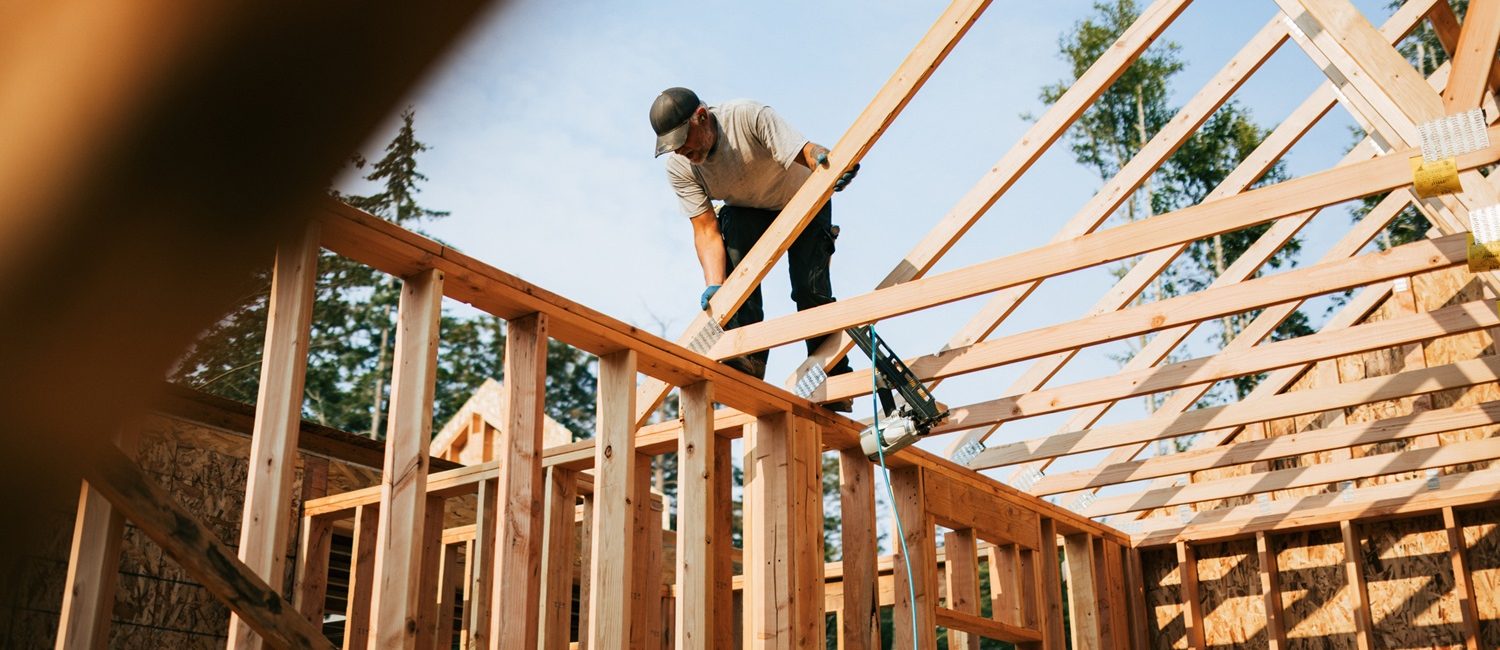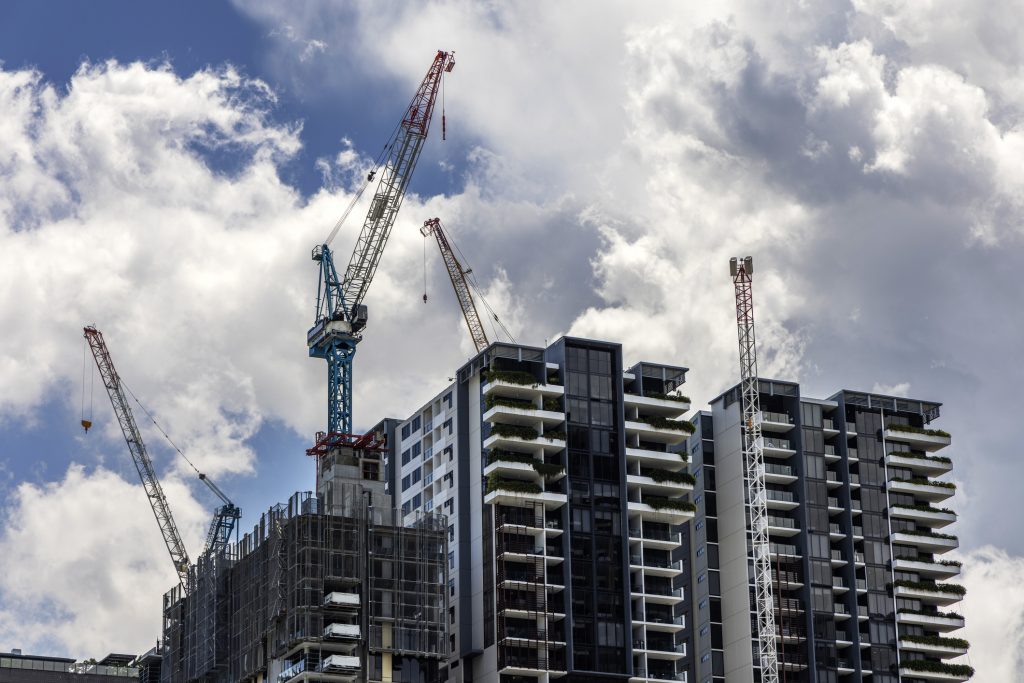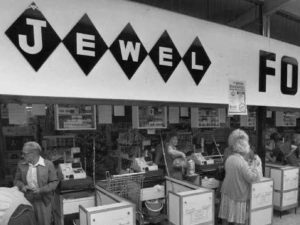Property developers in the spotlight as rate cuts boost confidence

Investors are eyeing shares in publicly listed housing developers after a turbulent few years, as the recent interest rate cuts renew confidence in the sector.
Property developers have struggled under the weight of high inflation and interest rates, but market watchers believe rate cuts could be turning their fortunes around.
Pengana High Conviction Property Securities Fund portfolio manager Amy Pham said the recent interest rate cuts were supporting listed property businesses, also known as Australian real estate investment trusts (AREITs).
“While markets have been unpredictable in recent years, we’re already seeing some increased signs of confidence given we’re now at the start of a new interest rate cycle,” she said.
“Sales growth has picked up for a lot of AREITs, for example companies including Mirvac and Stockland reported a pick-up in pre-sales for residential property ahead of the most recent rate cut.
“Even if the rate cuts aren’t that deep, there has already been a shift in momentum among residential, particularly at the more affordable end of residential property.”
Investors buy shares in listed AREITs to gain exposure to the real estate market without directly buying property, in addition to other reasons.
The vote of confidence comes as Mirvac development chief executive Stuart Penklis noted positive momentum across the business.

Experts say housing developers reported a pick-up in pre-sales for residential property ahead of the most recent rate cut. Picture: Getty
“We have seen an improvement in residential sales activity and enquiries over FY25 year to date supported by lower interest rates, improving buyer sentiment and continued population growth and restricted supply,” Mr Penklis said.
“We are seeing particularly strong demand in the middle ring locations from upgraders and downsizer buyers and expect to see continued interest in well-located apartments, which address the current affordability challenge with apartment pricing at [about] 50% discounts to established housing.
“In recent weeks, we have also seen a significant increase in enquiries from investors re-entering the market.”
Mr Penklis said Mirvac had seen an increase in pre-sales to $2.1 billion in the March quarter, the highest level in recent history.
The company’s Harbourside apartment project in Sydney contributed to that result, generating more than $700 million of pre-sales across 140 apartments since its November release.
He said there had also been strong sales across Perth and Brisbane over the quarter, along with “continued firm performance” from their middle-ring Sydney projects and improving sales volumes in Victoria.
Mr Penklis said they had seen strong sales growth with March quarterly sales of 530 lots up 76% on the prior corresponding quarter.
Stockland declined to comment, but the ASX-listed company reported 1,509 net sales in its masterplanned communities’ business – in line with its expectations – in its third quarter update.

Mirvac development chief executive Stuart Penklis said lower interest rates, improving buyer sentiment, continued population growth and restricted supply were supporting residential sales activity and enquiries. Picture: Supplied
It comes as the latest home building approval numbers painted a complicated outlook for Australia’s home building industry.
Approvals for new houses have picked up modestly in recent months, although apartment approvals remained volatile and at very low levels, according to Housing Industry Association senior economist Maurice Tapang.
Mr Tapang said home buyers appeared to be increasingly returning to the market, assisted by expectations of interest rate cuts.
But more needed to be done to stimulate apartment building, Mr Tapang said.
“In order to see a sufficient rise in home building and rebalance housing supply and demand, governments of all need to help lower the cost of a new home and stop taxing those who build them,” he said.
Australian governments have been trying to boost home building for years in a bid to keep up with the country’s growing population and slow down home price growth.







